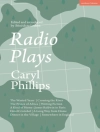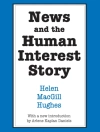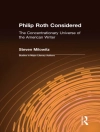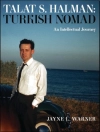Between the Kaiser’s and Hitler’s Reichs, the genre of die Groteske, or the German literary grotesque, sold out cabarets, drew droves of radio listeners, and created bestsellers with its irreverent comedy and critique. At the same time, its authors were ruthlessly censored for their satire of society, leaving die Groteske virtually unknown today.
As the first full-length study of the genre, Animal, Vegetal, Marginal recovers this short prose form, which draws on the perspectives of marginalized animals, plants, and individuals to challenge what it means to be human. Author Joela Jacobs traces the development of the genre and its variations from the work of Oskar Panizza, Hanns Heinz Ewers, and Salomo Friedlaender to Franz Kafka.
Animal, Vegetal, Marginal shows how marginalized and nonhuman voices mounted resistance against the rise of the biopolitical structures underpinning nationalism, racism, and antisemitism in the decades leading up to the Second World War.
Inhaltsverzeichnis
Acknowledgments
Introduction
Section I: The Grotesque: A Censored Literary Genre and Its Authors
1. Characteristics of die Groteske
2. Grotesken in a Nexus of Censorship
3. A Literary Network of the Marginalized
Section II: The Vegetal: Panizza, Ewers, and Turn-of-the-Century Censorship
4. The Crime in Tavistock-Square
5. The Petition
6. Why Plants?
Section III: The Animal: Panizza, Kafka, and the Modernist Crisis of the Self
7. From the Diary of a Dog
8. Investigations/Researches of a Dog
9. Why Dogs?
Section IV: The Human: Panizza, Friedlaender, and the Rise of Fascism
10. The Operated Jew
11. The Operated Goy
12. Why Humans?
Conclusion
Notes
Bibliography
Über den Autor
Joela Jacobs is Assistant Professor of German Studies at the University of Arizona. Her research engages with plants, animals, the environment, Jewish identity, science, gender, and sexuality in Germanophone literature and culture since the nineteenth century. She cofounded and maintains the Literary and Cultural Plant Studies Network.












